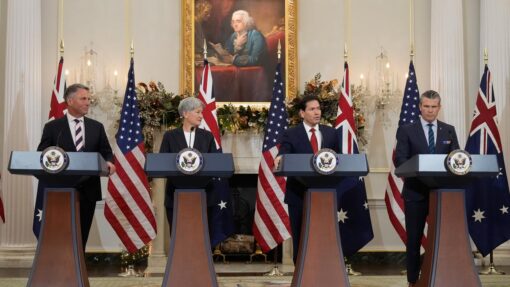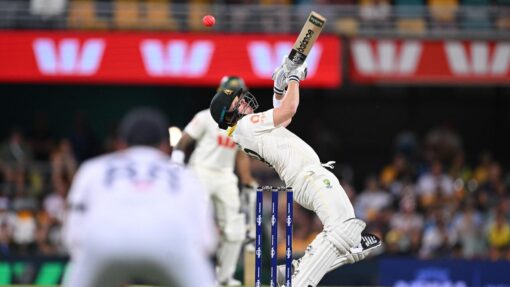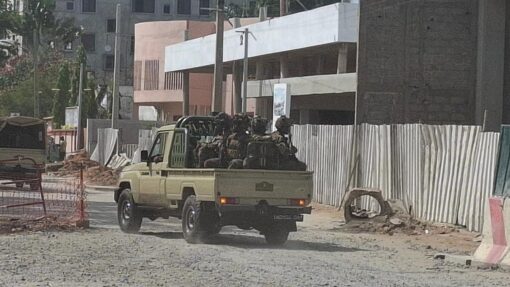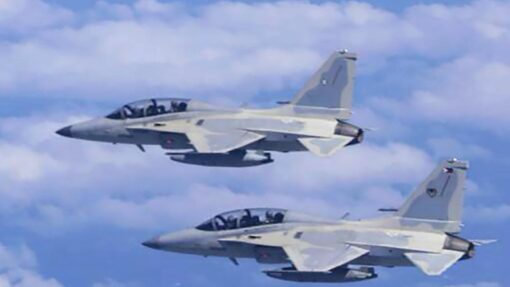Former defence chief delivers ‘urgent’ military review
Paul Osborne and Dominic Giannini |
Australia’s military strategy will soon be recalibrated as the country grapples with the most challenging global environment since World War II.
Prime Minister Anthony Albanese has received a strategic review completed by former defence chief Angus Houston and ex-minister Stephen Smith, aimed at equipping the armed forces for the next decade and beyond.
“This is about preparing Australia for the challenging strategic circumstances that we face,” Mr Albanese said.
“We want to make sure our defence assets are fit for purpose and deliver the greatest return on investment.”
The report was completed in six months compared to the usual 12 to 18-month turnaround.
Mr Houston said this highlighted how quickly the strategic environment was changing.
“It’s a great example of the urgency that was required to deal with the circumstances,” he told the prime minister as he handed over the review.
“I hope it does everything you need it to do. I think it’s on the money. We’re pretty happy with it.”
Defence Minister Richard Marles said it would take some weeks to consider the findings but he intended to release a public version of the report with the government’s response.
“This is the single most important re-evaluation of Australia’s strategic posture in the last 35 years against a backdrop of the most complex strategic landscape that we have faced since the end of the Second World War,” Mr Marles told parliament.
The review received more than 360 public submissions and the panel met with 150 experts across academia, industry and defence.
The report is expected to “identify and prioritise the estate, infrastructure, disposition, logistics and security investments” required by the ADF.
It ran parallel to a task force working with the United States and Britain on the best pathway forward for nuclear-powered submarines.
National security expert John Blaxland said Australia was heading towards a nuclear-propelled submarine with input from both the US and UK.
The ANU professor said while it would be a decade at least before anything was in the water, Australia could use US submarines in the interim.
“It’s possible we might be in a position to share the operations of a US submarine that may be on the cusp of being retired but is still operational,” he told AAP.
“I’m anticipating two as the ballpark figure in the next few years, as the Americans can replace about two.”
Prof Blaxland said this would also give Australia the opportunity to train up its workforce before the nuclear-propelled vessels arrived.
Opposition defence spokesman Andrew Hastie said nuclear submarines would “change the balance of power in the region in favour of those who seek peace”.
But he also told parliament Mr Smith, as defence minister, contributed to Labor’s “dangerous record” on military spending.
“We hope they’ve learned from their past failures and neglect under their watch,” Mr Hastie said.
AAP


